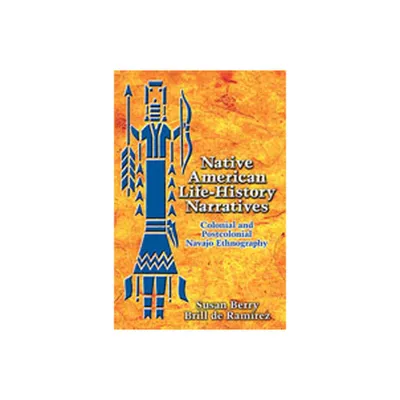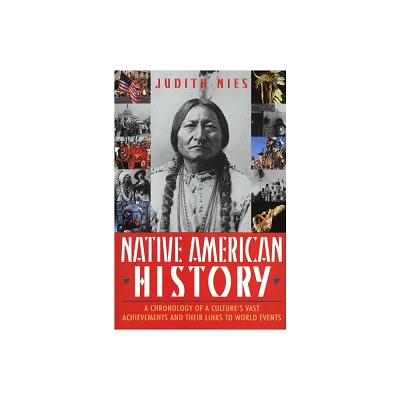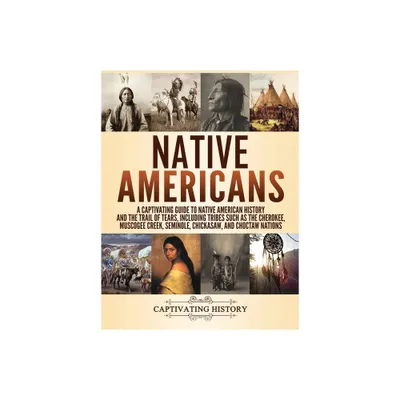Home
Native American Life-History Narratives: Colonial and Postcolonial Navajo Ethnography
Loading Inventory...
Barnes and Noble
Native American Life-History Narratives: Colonial and Postcolonial Navajo Ethnography
Current price: $39.95


Barnes and Noble
Native American Life-History Narratives: Colonial and Postcolonial Navajo Ethnography
Current price: $39.95
Loading Inventory...
Size: OS
*Product Information may vary - to confirm product availability, pricing, and additional information please contact Barnes and Noble
Since the arrival of Europeans on American shores, Native peoples have recounted stories about their encounters with the invading and colonizing outsiders. Nevertheless, the vast majority of the published narratives about the colonization of Indian peoples and lands have been framed and controlled by European and, later, Euroamerican chroniclers.
After historical overviews of the early years of Native American and, specifically, Navajo ethnography, the greater part of the volume introduces a method that enables the reading of editorially reorganized ethnographic texts as a means of accessing and listening to informants' rich stories.
The central chapters discuss the well-known volume
Son of Old Man Hat: A Navaho Autobiography.
They question the extent to which the stories used for the text were actually about the storyteller's life. Once hailed as exemplary ethnography, Brill de Ramírez shows that
Son of Old Man Hat
is, in fact, just the opposite.
The volume concludes with an introduction of ethnographic work in Navajo country that has been distinguished for its reliability, accuracy, and authenticity. These collections were primarily initiated from within the tribal community and produced through collaborative relationships.
Brill de Ramírez demonstrates beneficial folklore tools for postcolonial study of colonial ethnographythereby enabling readers to access and listen to the storytelling voices of generations of indigenous "informants" whose stories await postcolonial listener-readers.
After historical overviews of the early years of Native American and, specifically, Navajo ethnography, the greater part of the volume introduces a method that enables the reading of editorially reorganized ethnographic texts as a means of accessing and listening to informants' rich stories.
The central chapters discuss the well-known volume
Son of Old Man Hat: A Navaho Autobiography.
They question the extent to which the stories used for the text were actually about the storyteller's life. Once hailed as exemplary ethnography, Brill de Ramírez shows that
Son of Old Man Hat
is, in fact, just the opposite.
The volume concludes with an introduction of ethnographic work in Navajo country that has been distinguished for its reliability, accuracy, and authenticity. These collections were primarily initiated from within the tribal community and produced through collaborative relationships.
Brill de Ramírez demonstrates beneficial folklore tools for postcolonial study of colonial ethnographythereby enabling readers to access and listen to the storytelling voices of generations of indigenous "informants" whose stories await postcolonial listener-readers.


















